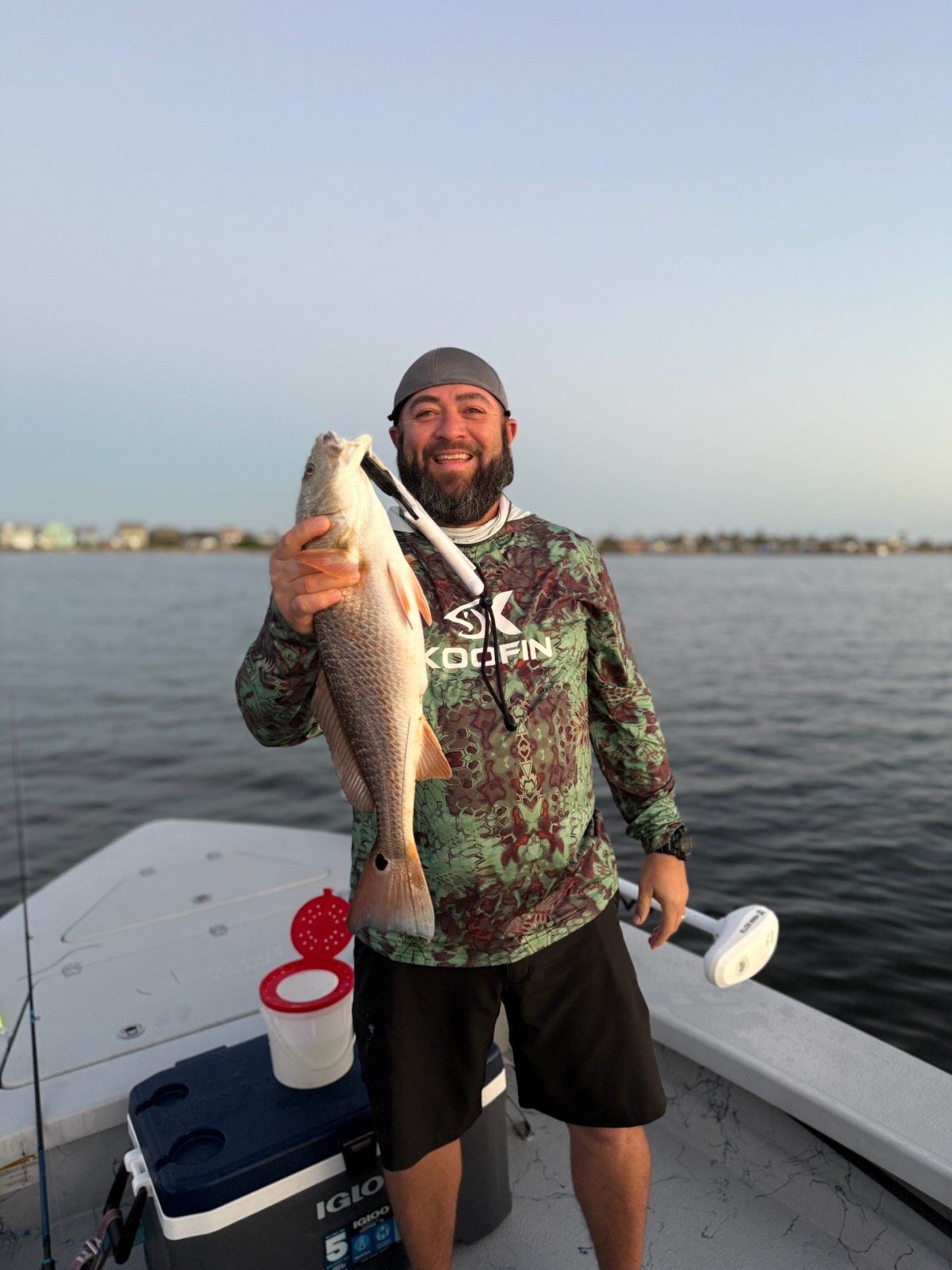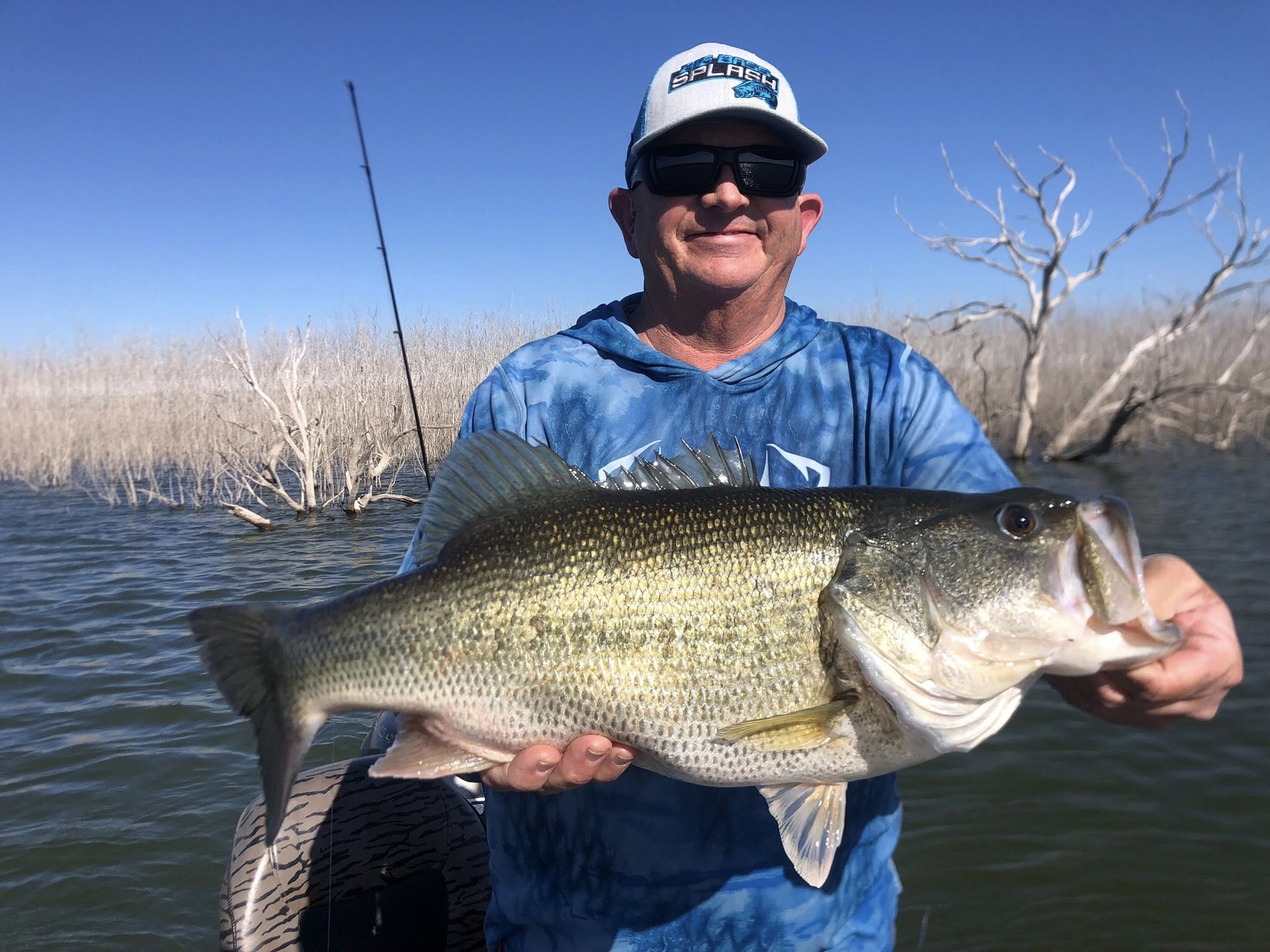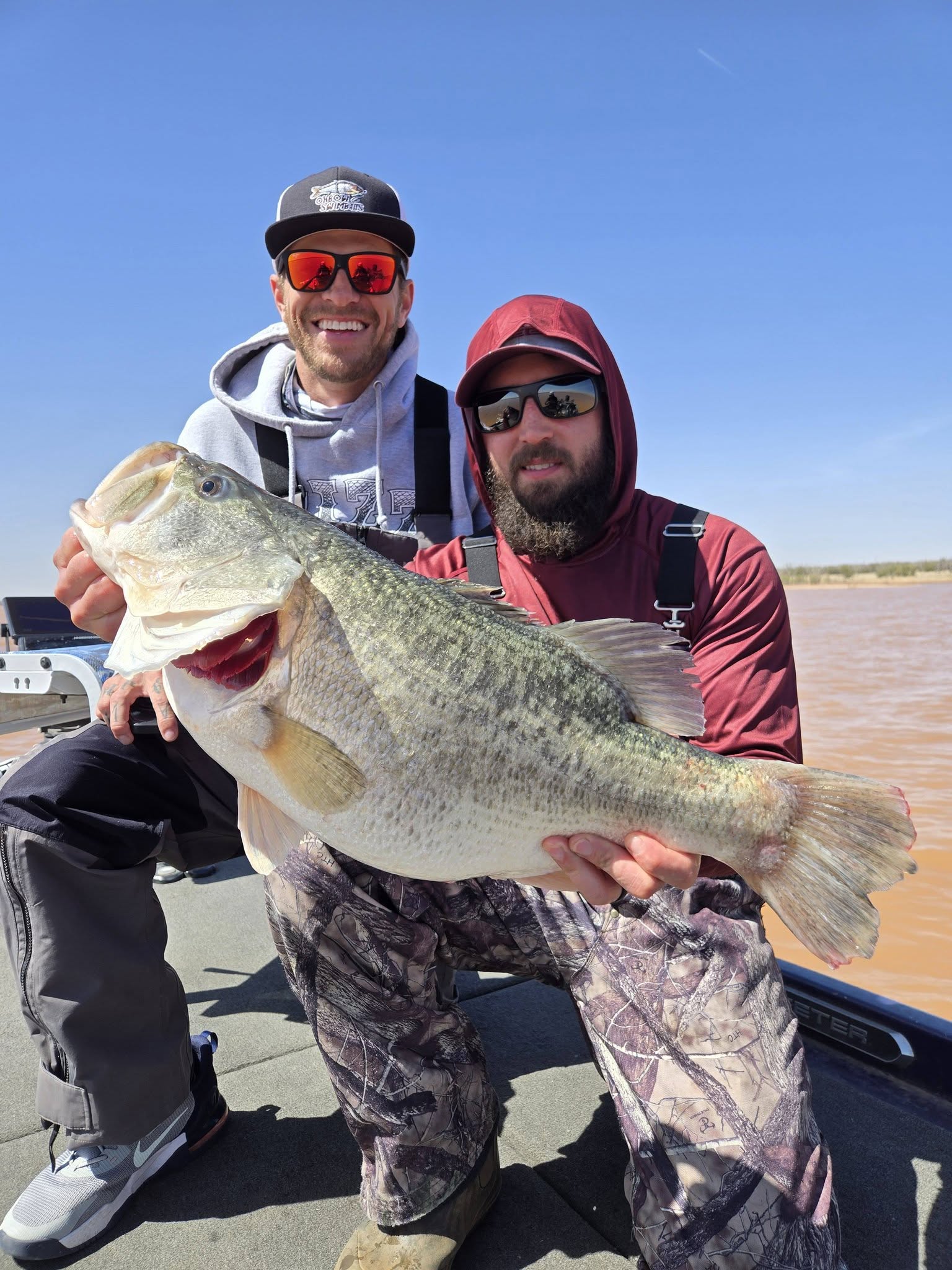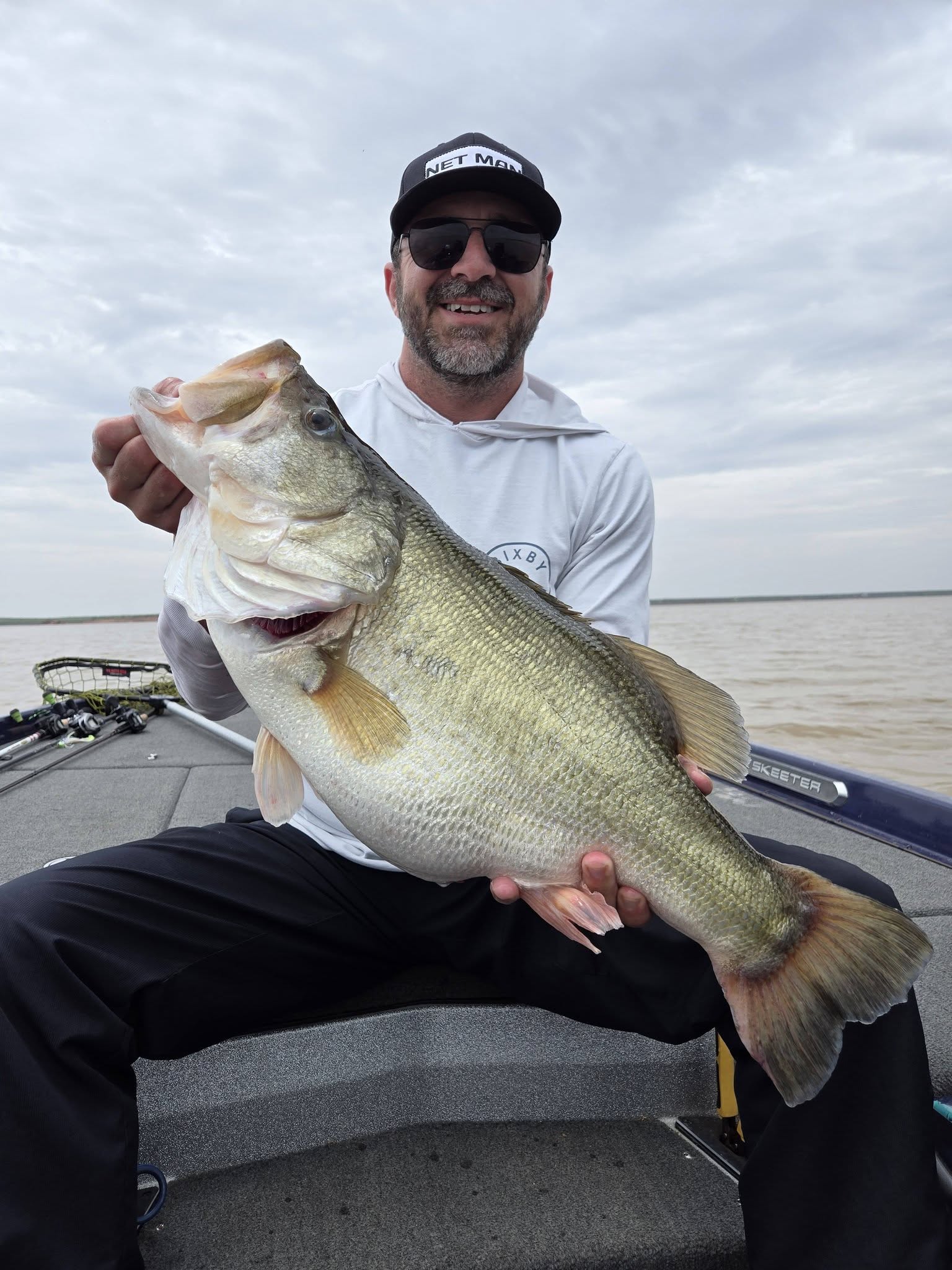Invasive Species Hunting in Smiley
South Texas Thermal Hog Hunt
Inshore Fishing in Corpus Christi
Hook, Line & Memories Fishing Trip
Bass Fishing Trip
Inshore, River, Flats in Matagorda
Matagorda Bay Fishing Charters
Dolphin Watching, Booze Cruise, Sunset Cruise in Biloxi
Custom Tours And Cruises!!
Inshore, Nearshore, Flats in Biloxi
Inshore/Nearshore Fishing Charters!
Trophy Largemouth Fishing
Inshore, Jetty in Port Aransas
4 - Hour Rod Bending Jetty Trip
Invasive Species Hunting in Van Horn
West Texas Whitetail
Boat Cruise, Dolphin Watching, Birding in Rockport
Whooping Crane/Birding Tour
We started Captain Experiences to make it easy to book fishing and hunting guides around the world. With over 2,000 Damn Good Guides, our platform makes finding and booking a trip seamless. Head here to check out our trips.
Adverse weather conditions, ranging from torrential rains to severe droughts, possess the formidable power to reshape local ecosystems, often leaving a lasting imprint on the biodiversity and ecological balance of an area. Unseasonably warm weather can impact fisheries by creating algal blooms referred to as "red tides", and inland similar adverse weather conditions has the potential to produce tornadoes—intense vortexes of air that usually emerge from thunderstorms and touch down to the earth. Under severe circumstances, these powerful phenomena can wreak havoc on structures and infrastructure, overturn vehicles effortlessly, and create lethal flying debris — and they're beginning to affect a wider geographical area across the US than ever before.
While scientists are still researching the impact of climate change on tornado occurrences in the U.S., there is growing evidence that global warming is making extreme weather events more frequent or more intense. With February 2024 being the third-warmest February on record, Americans living in areas routinely impacted by tornadoes will need to be vigilant during the 2024 tornado season.
U.S. Tornado Intensity Over Time
While tornado occurrences regularly top 1,000 each year, over 80% of them are considered light or moderate

Source: Captain Experiences analysis of National Oceanic and Atmospheric Administration (NOAA) data | Image Credit: Captain Experiences
Tornado formation requires atmospheric energy—typically from warm, unstable air out of the Gulf of Mexico—and significant wind shear—or changes in wind speed and direction between the ground and atmosphere. And although high-intensity tornado occurrences have the potential for more destruction, the vast majority of tornadoes in the U.S. are considered light or moderate.
“Weak” tornadoes—those rated EF0 or EF1 on the Enhanced Fujita (EF) Scale—accounted for 83.3% of all tornado occurrences in 2023 and topped 80% every year since 1989. High-intensity tornadoes, or those rated EF2 or higher, were much less frequent. EF2 (13.0%) and EF3 (3.5%) tornadoes were the next most common occurrences, while there were only two EF4 and no EF5 occurrences in 2023.
TRENDING
Backed by our 100% weather guarantee, our diverse range of fishing charters in Mississippi are tailored to suit every angler's preferences and make the most of your time on Mississippi's waters.
Contributions to Human Casualties and Property Damage by Tornado Intensity
Despite making up less than 13% of all tornadoes, EF2+ tornadoes account for over 90% of tornado-related fatalities, injuries, and damage

Source: Captain Experiences analysis of National Oceanic and Atmospheric Administration (NOAA) data | Image Credit: Captain Experiences
Although low-intensity tornadoes are the most common, high-intensity tornadoes are the most destructive. During the 20-year period ending in November 2023, tornadoes classified as EF2 through EF5 accounted for less than 13% of all occurrences but were responsible for 95.1% of fatalities, 91.2% of injuries, and 91.3% of property damage. While tornadoes can inflict direct casualties through high winds and debris, causing injury or death especially for those in mobile homes, the elderly, or those lacking shelter, their indirect impacts can also be substantial. Damage to critical infrastructure like power lines can significantly disrupt access to essential services and supplies, leading to further health and economic consequences.
Geographical Changes in High-Intensity Tornado Occurrences
Over the past 20 years, high-intensity tornados have spread farther into the Southeast and Midwest

Source: Captain Experiences analysis of National Oceanic and Atmospheric Administration (NOAA) data | Image Credit: Captain Experiences
LEARN MORE
No one can predict the weather. Luckily, when you book a Oklahoma hunting guide, you don’t have to: all trips are backed by our 100% weather guarantee, ensuring your experience is safe and successful.
Historically, areas including Texas, Oklahoma, Kansas, and their surrounding regions—also known as Tornado Alley—have been most impacted by tornadoes. During the 20-year span ending in November 2003, Texas experienced the most EF2+ tornadoes with 395 of them touching down in the Lone Star State, followed by Oklahoma (226), Iowa (222), and Arkansas (194).
However, the next two decades saw a notable shift in tornado geography. Although Tornado Alley was still heavily frequented with tornado occurrences, areas in the Southeast experienced sizable increases. Mississippi led all states with 303 EF2+ tornado occurrences during that span, a more than 77% increase from the prior 20-year period. Similarly, Alabama (277) and Georgia (194) saw the third and fifth most EF2+ tornadoes, respectively, both translating to increases of over 60%.
This pronounced shift eastward to “Dixie Alley”—or the area roughly stretching from eastern Texas to the western borders of the Carolinas—is mirrored at the metropolitan level. Over the past two decades, the Birmingham-Hoover, AL and Hattiesburg, MS metro areas observed the most substantial increases in high-intensity tornadoes, recording an additional 19 and 18 EF2+ tornadoes, respectively. In contrast, despite enduring double-digit tornado occurrences over the same period, the Houston-The Woodlands-Sugar Land, TX and Indianapolis-Carmel-Anderson, IN metros each experienced a decrease of 18 EF2+ tornadoes.
Below is a complete breakdown of 384 metropolitan areas and all 50 states for the locations with the biggest increase in high-intensity tornadoes. Researchers at Captain Experiences conducted the analysis using data from the National Oceanic and Atmospheric Administration (NOAA). For more information on how each statistic was computed, refer to the methodology section below.
Large Metros With the Biggest Increase in High-Intensity Tornadoes

STAY SAFE
Cherish every moment on the water by prioritizing safety—alongside your pursuit of the perfect catch. Our Georgia fishing guides are led by licensed and insured experts, and come with a 100% weather guarantee. Explore our tailored trips, promising excitement for every angler, and make memories amidst Georgia's serene beauty.
Midsize Metros With the Biggest Increase in High-Intensity Tornadoes

Small Metros With the Biggest Increase in High-Intensity Tornadoes

States With the Biggest Increase in High-Intensity Tornadoes

Methodology
The data used in this analysis is from the National Oceanic and Atmospheric Administration’s (NOAA) Storm Events Database. The researchers ranked locations by the total change in high-intensity tornado occurrences from the 20-year period ending in November 2004 to the 20-year period ending in November 2023. High-intensity tornadoes were considered to be those categorized as EF2 or higher on the Enhanced Fujita Scale. Tornado-related fatalities, injuries, and annual average damages were also calculated from December 2004 through November 2023. In the event of a tie, locations with the larger number of high-severity tornado occurrences during the 20-year period ending in November 2023 were ranked higher. Further ties were broken by tornado-related fatalities, injuries, and annual average damages, respectively.
For additional relevance, metropolitan areas were grouped into cohorts based on population size: small (less than 350,000), midsize (350,000–999,999), and large (1,000,000 or more).
References
- Nunez, C. (2023, October 19). Tornadoes and Global Warming: Is There a Connection?. National Geographic Society. Nat GEO. Retrieved on March 13, 2024.
- Lindsey, R. (2016, December 15). Extreme event attribution: the climate versus weather blame game. NOAA Climate.gov. Climate. Retrieved on March 13, 2024.
- NOAA’s National Centers for Environmental Information. (2024, March 8). Assessing the U.S. Climate in February 2024. NOAA. Retrieved on March 13, 2024.
- NOAA’s National Weather Service Storm Prediction Center. (n.d.). The Enhanced Fujita Scale (EF Scale). NOAA. Retrieved on March 13, 2024.
- Vogt, J. (2023, March 2). Beyond Tornado Alley: Understanding Wind Damage with Holistic, Regional Risk Assessment Tools. U.S. Department of Agriculture’s Forest Service. USDA. Retrieved on March 13, 2024.
- National Oceanic and Atmospheric Administration. (n.d.). Storm Events Database. NCDC. Retrieved on March 7, 2024.
Jake Lane
Updated on February 19, 2025

January 7, 2022

June 3, 2021

July 31, 2024

November 7, 2023

June 22, 2022
Related Articles
November 7, 2023
August 17, 2023
April 14, 2022
Featured Locations
- Fishing Charters Near Me
- Austin Fishing Guides
- Biloxi Fishing Charters
- Bradenton Fishing Charters
- Cabo San Lucas Fishing Charters
- Cancun Fishing Charters
- Cape Coral Fishing Charters
- Charleston Fishing Charters
- Clearwater Fishing Charters
- Corpus Christi Fishing Charters
- Crystal River Fishing Charters
- Dauphin Island Fishing Charters
- Daytona Beach Fishing Charters
- Destin Fishing Charters
- Fort Lauderdale Fishing Charters
- Fort Myers Fishing Charters
- Fort Walton Beach Fishing Charters
- Galveston Fishing Charters
- Gulf Shores Fishing Charters
- Hatteras Fishing Charters
- Hilton Head Fishing Charters
- Islamorada Fishing Charters
- Jacksonville Fishing Charters
- Jupiter Fishing Charters
- Key Largo Fishing Charters
- Key West Fishing Charters
- Kona Fishing Charters
- Lakeside Marblehead Fishing Charters
- Marathon Fishing Charters
- Marco Island Fishing Charters
- Miami Fishing Charters
- Montauk Fishing Charters
- Morehead City Fishing Charters
- Naples Fishing Charters
- New Orleans Fishing Charters
- New Smyrna Beach Fishing Charters
- Ocean City Fishing Charters
- Orange Beach Fishing Charters
- Panama City Beach Fishing Charters
- Pensacola Fishing Charters
- Pompano Beach Fishing Charters
- Port Aransas Fishing Charters
- Port Orange Fishing Charters
- Rockport Fishing Charters
- San Diego Fishing Charters
- San Juan Fishing Charters
- Sarasota Fishing Charters
- South Padre Island Fishing Charters
- St. Augustine Fishing Charters
- St. Petersburg Fishing Charters
- Tampa Fishing Charters
- Tarpon Springs Fishing Charters
- Venice Fishing Charters
- Virginia Beach Fishing Charters
- West Palm Beach Fishing Charters
- Wilmington Fishing Charters
- Wrightsville Beach Fishing Charters


































